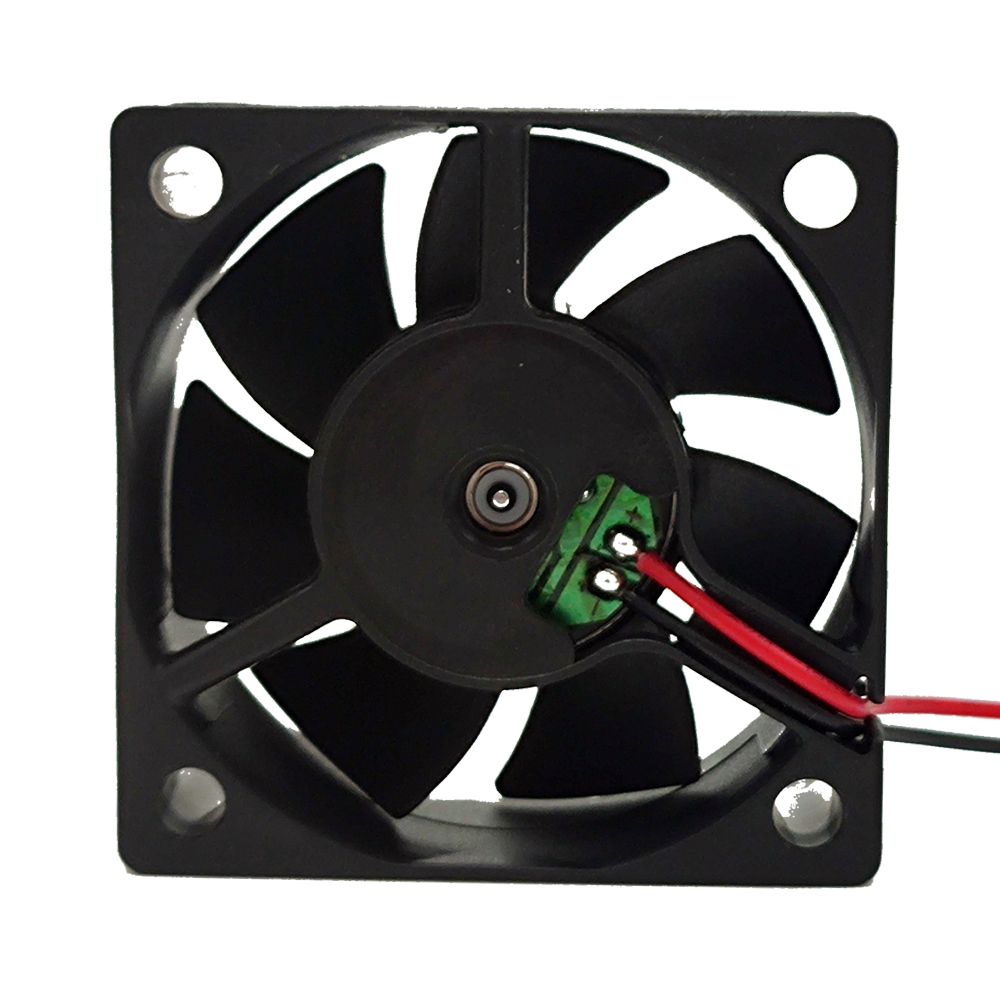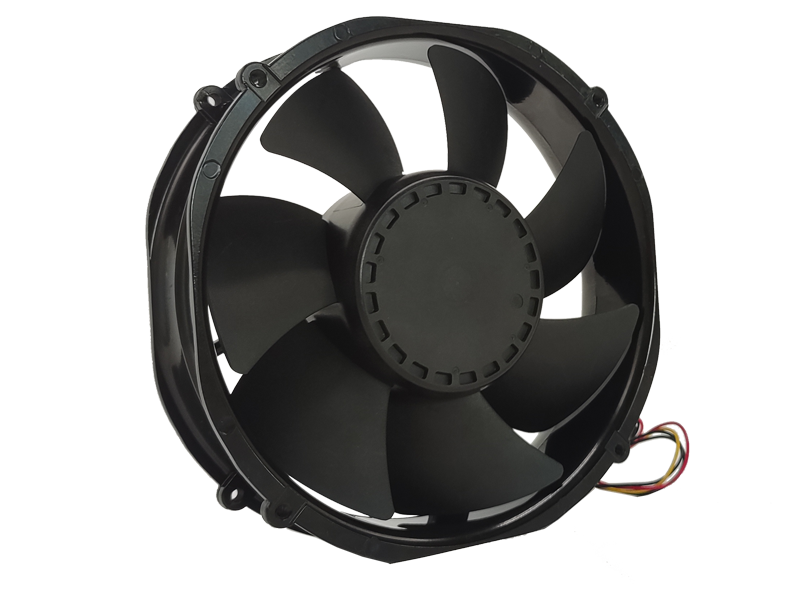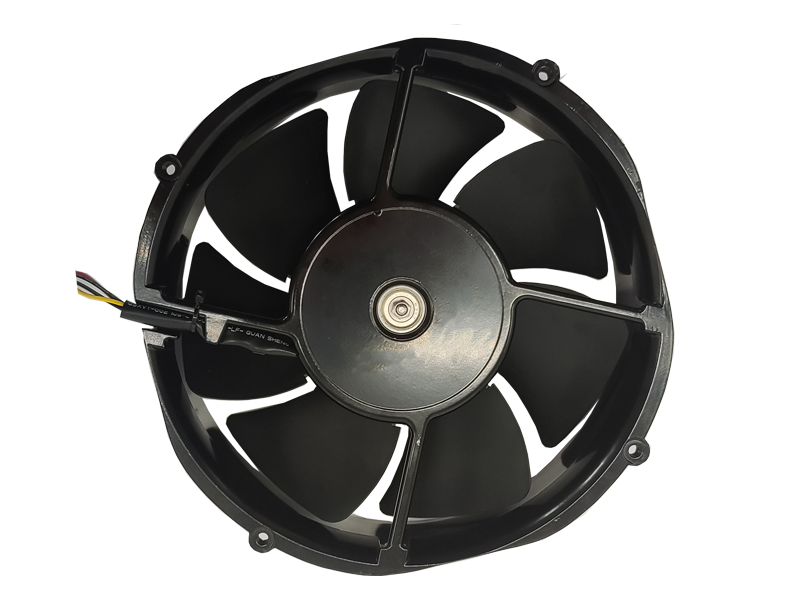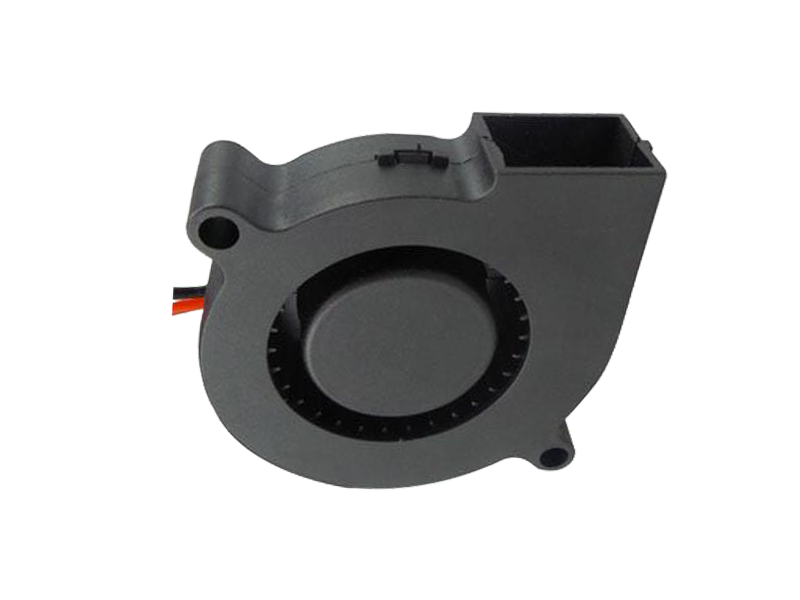Industrial fans, which have long been a cornerstone of airflow management and cooling in various industries, are now evolving into highly specialized, energy-efficient machines. As industries continue to face pressure to improve productivity, reduce energy consumption, and meet environmental standards, industrial fans are becoming more sophisticated than ever. This article explores how technological advancements are reshaping the role of industrial fans, making them more efficient, smarter, and adaptable to the challenges of the future.
The Growing Demand for High-Performance Industrial Fans
Industrial facilities, particularly in manufacturing, data centers, chemical plants, and other heavy-duty sectors, require high-performance fans to ensure that operations run smoothly. A fan's ability to provide consistent airflow, cooling, and ventilation directly affects the overall efficiency and productivity of the facility.
Enhancing Process Efficiency
Industrial fans are integral to optimizing the cooling of machinery and maintaining a controlled environment for sensitive processes. In high-tech environments like data centers or laboratories, even a slight rise in temperature can damage equipment or compromise the integrity of the processes being conducted. Industrial fans in such settings must be reliable, precise, and capable of responding quickly to changing conditions.
Meeting Environmental Standards
As industries are under increasing pressure to reduce carbon emissions and adopt sustainable practices, energy efficiency has become a critical factor in the design and operation of industrial fans. Fans that consume large amounts of power not only increase operating costs but also contribute to a higher carbon footprint. Manufacturers are now prioritizing energy-efficient fan models to meet sustainability goals, helping companies comply with environmental regulations and reduce their impact on the planet.
Technological Advancements in Industrial Fan Design
The development of more energy-efficient, durable, and adaptable industrial fans is driven by several technological advancements. These improvements enable fans to deliver superior performance, better energy savings, and greater flexibility in operation.
Energy-Efficient Motors
The evolution of motor technology has been a key driver in improving fan efficiency. Traditional motors were less efficient and consumed more power to achieve the required airflow. Today, the introduction of EC (electronically commutated) motors, which are more efficient and capable of varying their speed, has revolutionized the fan industry. EC motors consume less energy, produce less heat, and offer better control over airflow, making them an ideal choice for modern industrial applications.
Variable Frequency Drives (VFDs)
The use of Variable Frequency Drives (VFDs) allows fans to adjust their speed according to real-time needs. This means that fans are no longer running at full capacity all the time, resulting in significant energy savings. VFDs enable fans to respond dynamically to environmental changes, optimizing energy consumption and reducing waste.
Advanced Materials and Construction
Industrial fans are exposed to harsh conditions such as high temperatures, dust, and moisture. To extend the lifespan of fans and reduce maintenance costs, manufacturers are using advanced materials such as corrosion-resistant alloys, composite materials, and coated fan blades. These materials enhance the fan’s durability and performance, making them more reliable and cost-effective over time.
Smart Fan Systems and IoT Integration
One of the most significant advancements in industrial fan technology is the integration of smart systems and IoT (Internet of Things) connectivity. By embedding sensors and control systems within the fan, manufacturers can now offer fans that monitor themselves in real-time. IoT-connected fans can transmit data on performance, energy consumption, and maintenance needs to central control systems, enabling predictive maintenance and reducing unplanned downtime. Additionally, users can remotely monitor and adjust fan settings to optimize performance and energy use.
The Role of Industrial Fans in Sustainability
In today’s industrial landscape, sustainability is not just a buzzword—it’s a necessity. As industries look to reduce their environmental impact, industrial fans play a key role in supporting energy-efficient operations and reducing carbon footprints.
Energy Savings and Carbon Reduction
As discussed, energy-efficient fans equipped with EC motors and VFDs help reduce overall energy consumption. This not only results in cost savings but also contributes to a reduction in carbon emissions. By optimizing airflow and reducing energy waste, these fans are a critical component in achieving sustainability goals.
Recycling and Reusing Materials
Many manufacturers are also focusing on the recyclability of industrial fans. Fans designed with recyclable components reduce the amount of waste generated at the end of the fan’s life cycle. Furthermore, fan blades and other parts are now often made from materials that can be recycled, supporting circular economy principles in industrial operations.
Future Trends in Industrial Fan Technology
Looking ahead, the future of industrial fans will be shaped by further innovations in materials, design, and digitalization. Several key trends are expected to influence the direction of industrial fan technology:
Customization and Modular Designs

As industries become more specialized, there will be an increasing demand for customized industrial fans that can be tailored to specific applications. Modular fan designs, which allow for easy adjustments and upgrades, are likely to become more common. This flexibility will allow businesses to meet their changing needs without replacing entire systems.
Integration with Renewable Energy Sources
In an era of growing emphasis on sustainability, integrating industrial fans with renewable energy sources like solar or wind power will become more widespread. Fan systems could be designed to optimize the use of renewable energy, contributing further to a company’s green initiatives.
Further Advancements in Smart Technology
The use of AI and machine learning will likely revolutionize how industrial fans operate. Advanced analytics will allow fans to predict their maintenance needs, optimize energy consumption in real time, and adapt to changing conditions autonomously. This will lead to a new level of operational efficiency and reliability.
Conclusion
The future of industrial fans is marked by a fusion of energy efficiency, smart technology, and sustainability. Technological advancements are reshaping the role of these devices, making them more adaptable, efficient, and cost-effective. As industries continue to evolve, the demand for innovative and high-performance industrial fans will only increase, and companies that embrace these advancements will be better positioned to thrive in an ever-competitive and environmentally-conscious marketplace.
Recommended Products

The main purpose:Car charging station

The main purpose:Car charging station

The main purpose:Electronic refrigerators, water dispensers, direct drinking machines, inverter power supplies
Address:No. 4137, Longgang Avenue (Henggang Section), Henggang Community, Henggang Street, Longgang District, Shenzhen
hotline:13530005572(Chen)15112579390(Li)


Welcome all friends to come for consultation and negotiation.
Copyright 2024 @ Shenzhen Youneng Xinyuan Electronics Co., Ltd.,(industrial fans,industrial blowers,axial fans,cooling fans manufacturer,centrifugal fans,ac cooling fans,dc cooling fans)